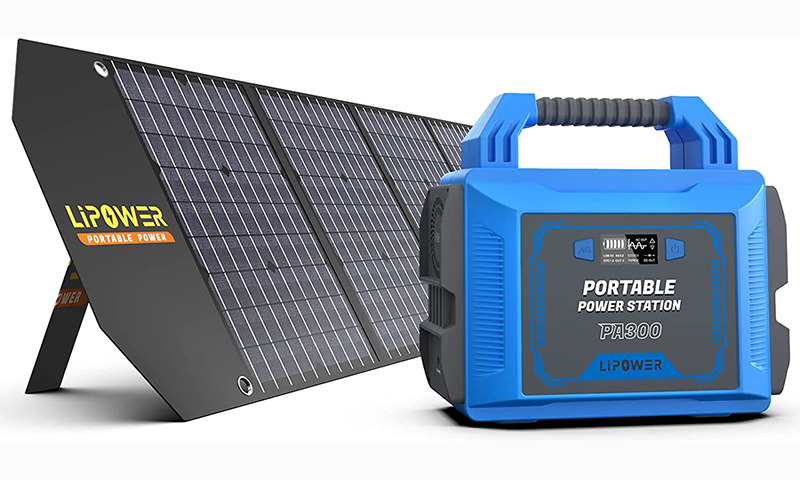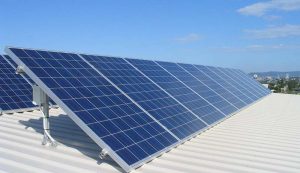
Solar Panels Types: What’s the Different Types
Solar panels are a popular choice for those looking to tap into renewable energy sources and reduce their carbon footprint. But with so many different types of solar panels available, it can be overwhelming to try and determine which one is right for you. In this post, we’ll take a look at the various types of solar panels and their pros and cons, to help you make an informed decision.
Solar Panels history
The history of solar panels can be traced back to the late 19th century, when the first solar cell was created by Charles Fritts. However, it wasn’t until the 1950s that solar panels began to be used in practical applications, such as powering small electronic devices and providing electricity for remote areas.
In the 1970s, the energy crisis and increasing concerns about fossil fuel depletion sparked further interest in solar energy. This led to the development of more efficient solar cells and the widespread adoption of solar panels for a variety of applications, including powering homes and businesses.
Over the past few decades, there have been significant advances in solar panel technology. Today, solar panels are more efficient and cost-effective than ever before, making them a viable option for a wide range of energy needs.
how does Solar Panels work
Solar panels work by converting sunlight into electricity through a process called photovoltaics. Photovoltaics is the conversion of light into electricity using semiconducting materials that exhibit the photovoltaic effect.
Here’s a simplified explanation of how solar panels work:
- Photons (particles of light) from the sun hit the solar panel and are absorbed by the semiconducting material, usually silicon.
- The energy from the absorbed photons is transferred to the electrons in the silicon, which causes them to become excited and move around freely.
- The excited electrons are captured by the solar panel and conducted through metal conductive plates, creating a flow of electricity.
- The electricity is then sent to an inverter, which converts the direct current (DC) electricity produced by the solar panel into alternating current (AC) electricity, which can be used to power homes and businesses.
Solar panels are able to generate electricity as long as they have access to sunlight, making them a reliable and renewable energy source.
Types of Solar Panels
Monocrystalline Solar Panels
Monocrystalline solar panels are made from a single, continuous crystal structure of silicon. They are known for their high efficiency, with some panels able to convert up to 22% of the sun’s energy into electricity. Monocrystalline panels also tend to have a longer lifespan, with many warranties covering 25-30 years.
However, there are also some downsides to monocrystalline solar panels. One of the main drawbacks is their cost, as they tend to be more expensive than other types of panels. Additionally, monocrystalline panels can be less flexible in terms of installation, as they need to be mounted in a specific orientation to function optimally.
Polycrystalline Solar Panels
Polycrystalline solar panels, also known as multi-crystalline solar panels, are made from multiple crystals of silicon. They are not as efficient as monocrystalline panels, with an average conversion rate of around 16%. However, they do have a lower price point, making them a more budget-friendly option for some consumers.
One of the main drawbacks of polycrystalline solar panels is their lower efficiency compared to monocrystalline panels. They also tend to have a slightly shorter lifespan, with warranties usually covering 20-25 years.
Thin-Film Solar Panels
Thin-film solar panels are made by depositing a thin layer of photovoltaic material onto a substrate, such as glass or plastic. There are several types of thin-film solar panels, including amorphous silicon, CIGS (copper indium gallium selenide), and CdTe (cadmium telluride).
Thin-film solar panels have a few advantages over crystalline solar panels. They are lightweight and flexible, making them easier to install in a variety of locations. They also have a lower temperature coefficient, meaning they are less affected by heat and can continue to produce electricity at a higher efficiency in hot weather.
On the downside, thin-film solar panels tend to have a lower efficiency rate, with average conversion rates ranging from 6-14%. They also have a shorter lifespan, with warranties typically covering 15-20 years.
Conclusion
When it comes to choosing the right type of solar panel for your needs, there are a few things to consider. Monocrystalline solar panels are known for their high efficiency and long lifespan, but they can be more expensive. Polycrystalline solar panels are a more budget-friendly option, but they have lower efficiency rates and shorter lifespans. Thin-film solar panels are flexible and lightweight, but they have the lowest efficiency rates and shortest lifespans of the three types.
Ultimately, the best solar panel for you will depend on your location, budget, and energy needs. It’s worth doing some research and weighing the pros and cons of each type before making a decision. And remember, using solar energy can help reduce your carbon footprint and contribute to a more sustainable future for us all.
